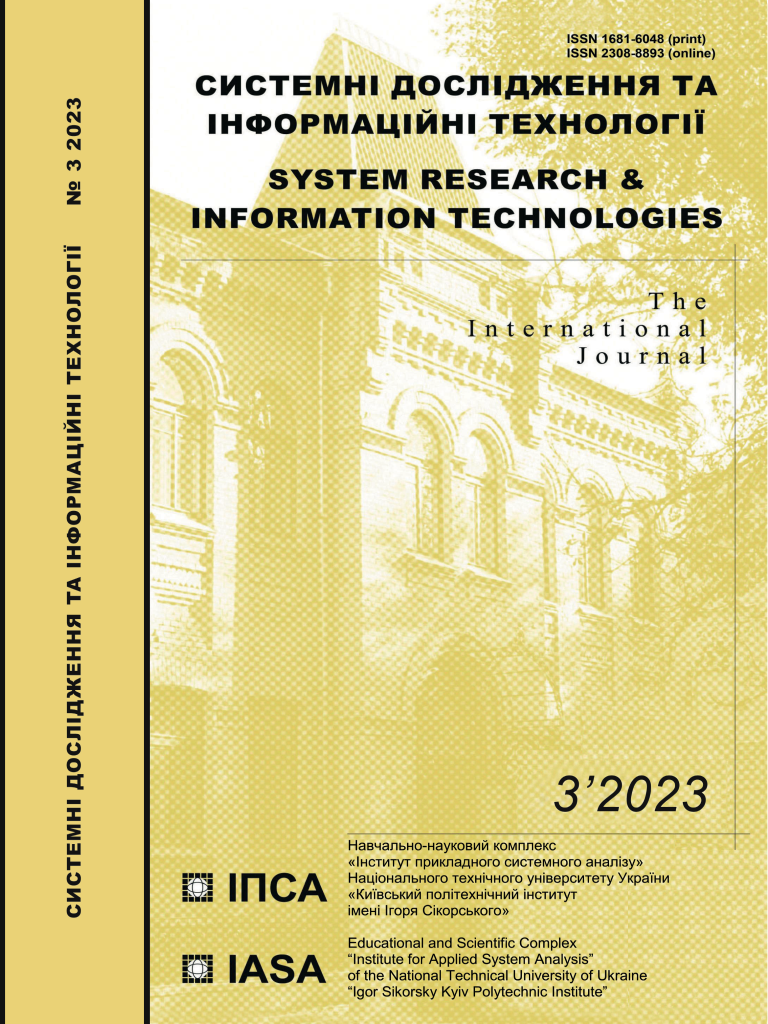Algorithm for simulating melting polar ice, Earth internal movement and volcano eruption with 3-dimensional inertia tensor
DOI:
https://doi.org/10.20535/SRIT.2308-8893.2023.3.09Keywords:
inertia tensor, volcano eruption, mass distribution, Hamiltonian equation of motionAbstract
This paper reports the result of an investigation of a hypothesis that the melting polar ice of Earth flowing down to the equatorial region causes volcano eruptions. We assumed a cube inside the spherical body of Earth, formulated a 3-dimensional inertia tensor of the cube, and then simulated the redistribution of the mass that is to be caused by the movement of melted ice on the Earth’s surface. Such mass distribution changes the inertia tensor of the cube. Then, the cube’s rotation inside Earth was simulated by multiplying the Euler angle matrix by the inertia tensor. Then, changes in the energy intensity and the angular momentum of the cube were calculated as coefficients of Hamiltonian equations of motion, which are made of the inertia tensor and sine and cosine curves of the rotation angles. The calculations show that the melted ice increases Earth’s internal energy intensity and angular momentum, possibly increasing volcano eruptions.
References
Goldstein, C.P. Poole, and J.L. Safko, Classical Mechanics, 3rd Edition. Pearson Education, Inc., 2002, pp. 646
Y. Matsuki and P.I. Bidyuk, A Course in Black Hole Simulation, LAP Lambert Academic Publishing, 2021, pp. 69.

